Precision Tooling for the Medical Field: Challenges and Solutions
In the rapidly evolving world of medical device manufacturing, the demand for ultra-high precision tooling has never been greater. At Barton Tool Inc., with decades of experience in tool & die design, fabrication, and contract manufacturing, we recognize that working in the medical field presents unique challenges — and we’ve developed solutions tailored to meet those demands.
The Stakes Are High
Medical devices, surgical instruments, and diagnostic components must meet stringent requirements. Tolerances are tight, regulatory oversight is intense, material combinations are often unusual, and production runs may shift rapidly from prototyping to volume. A tooling error here can impact patient safety, regulatory compliance, and manufacturer liability.
Key Challenges in Medical-Field Tooling
Let’s explore the major hurdles and how a precision tool shop can respond:
1. Tight Tolerances & Critical Surface Quality
In medical tooling, even microns matter. Part fit, surface finish, repeatability, and calibration must all be carefully controlled. According to tooling-industry literature, precision tooling techniques in the medical and aerospace sectors struggle with machine calibration and material inconsistencies. In practice, this means that when we design a die or mold for a medical part, we must factor in thermal stability, tool wear over time, shrinkage in injection molding, and the final surface that will contact human tissue or an implant.
2. Material Compatibility & Biocompatibility
Medical applications often involve exotic materials (e.g., biocompatible plastics, silicone overmolding, implant-grade metals). The tooling must be matched to those materials. From our own blog, we note that “material compatibility poses a significant challenge in custom tooling… Tools not suited to specific materials lead to faster wear, reduced precision, and poor-quality results.” At Barton Tool, our engineers evaluate the material characteristics early and select tooling steels, coatings, and surface treatments accordingly to ensure long tool life and consistent output.
3. Small Batch / High Mix Runs
Many medical manufacturers run small batches or frequent changeovers due to regulatory requirements, design iterations, or customized patient-specific tools. These circumstances put pressure on tooling lead time, flexibility, and cost per unit. Barton Tool’s in-house engineering, fabrication, production, and tooling maintenance all under one roof (20,000 sq.ft facility) gives us the advantage of rapid turnaround and controlled quality.
4. Regulatory and Documentation Requirements
Medical tooling often must comply with ISO standards, FDA documentation, material traceability, and validation protocols. The tooling partner must offer documented processes, inspection records, and often support for PPAP (Production Part Approval Process) style audits. As an ISO 9001:2015 certified facility, Barton Tool already has the framework in place for quality control and traceability.
5. Scaling from Prototype to Production
What works in prototype may not translate easily to larger production runs. Tooling must endure many cycles, maintain accuracy, and deliver consistent parts across the life of the tool. As noted in tooling literature: “Scaling custom tooling solutions… when transitioning from prototype to mass production … requires careful planning and innovation.” We leverage robust tool design, wear-resistant materials, and regular maintenance to ensure our dies and molds meet long-term medical production requirements.
Barton Tool’s Approach: How We Support Medical Tooling
Integrated Engineering to Production Flow – From the first CAD model through to tool build, sampling, and production runs, everything is managed internally in our facility. This means fewer handoffs, greater control, and faster response.
Precision Manufacturing Capabilities – With modern tooling, CNC machining, injection molding support, and die/fixture build, we deliver the precision required for medical components.
Material and Process Expertise – We work closely with customers to understand how parts will be used (sterile environment, implantable vs external, over-molding, etc.), and design tools accordingly.
Quality Infrastructure – ISO 9001:2015 certification ensures we have documented processes, traceability, inspection, and revision control.
Rapid Turnaround & Flexibility – Especially important when medical device design changes or tooling needs must shift quickly. We’ve built our workflow to support dynamic requirements.
Full Lifecycle Support – Maintenance, repair, and refurbishment of tools is available — very important when a medical tooling run may be long-term and tool longevity is critical.
Real-World Impact
By partnering with a tool and die specialist who understands medical device demands, manufacturers reduce the risk of part failure, reduce waste and scrap, accelerate time-to-market, and ensure regulatory compliance. For instance, a medical component run where the tooling was supplied by Barton Tool would benefit from our robust design and manufacturing process, thereby providing a stable foundation for downstream assembly, sterilization, and final use.
Concluding Thoughts
Precision tooling in the medical field is not just about tight tolerances—it’s about aligning tool design, material compatibility, manufacturing execution, and regulatory infrastructure into one consistent workflow. At Barton Tool Inc., we believe our integrated tooling capability, deep experience, and flexible contract-manufacturing model make us a valuable partner to medical device and equipment manufacturers. If you’re facing tooling challenges in your medical device project, we welcome the opportunity to discuss how we can help.

